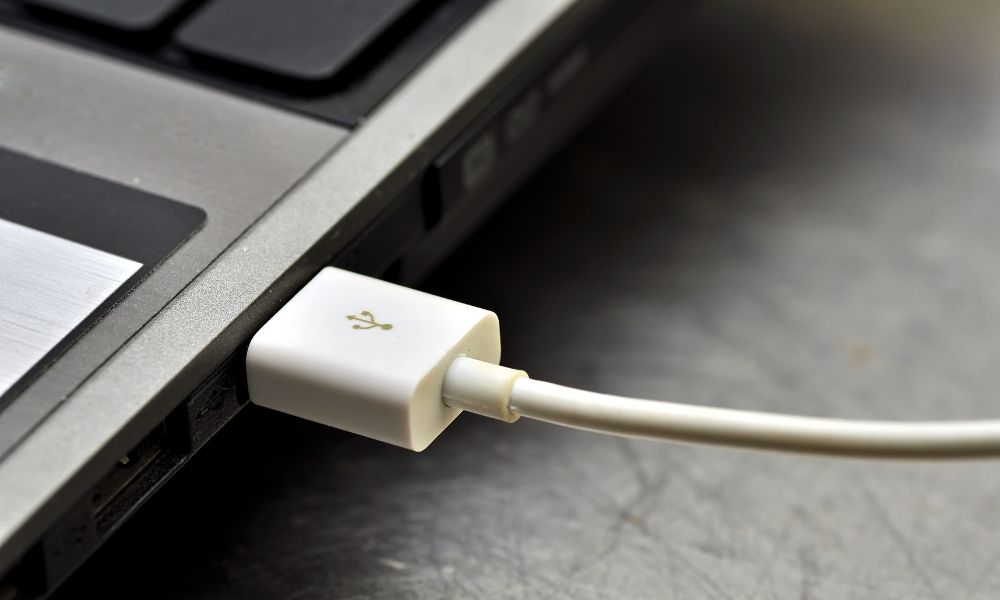
As a business owner, choosing the right network cable is crucial for efficiently running your organization’s IT infrastructure. The USB (Universal Serial Bus) cable is that cable and one of the most widely-used cable standards today. Read on to learn the specifics regarding the length limit for USB cables, the factors that affect it, and the things you must consider when planning your cable management.
How Far Can USB Cables Stretch?
USB cables come in different types, such as USB-A, USB-B, USB-C, and various Mini and Micro variants. The length limit directly relates to the data transmission performance for each option. The maximum length of a USB cable is generally up to 16.4 feet for USB 2.0.
USB 3.0 and 3.1 follow different standards and don’t have a specified maximum length, but they have a recommended length of around ten feet to ensure optimal performance. It is possible to use longer USB 3.0 cables of 49 or 59 feet; however, you may encounter problems like signal attenuation, slower speeds, and reduced functionality in the connection.
Factors Affecting Cable Length
Consider these factors that affect a USB cable’s length: quality, shielding, and connection. High-quality cables often use pure copper conductors, which provide better signal integrity over longer distances than lower-quality cables. Proper shielding protects the data transferred from interference, which becomes a significant issue in longer cables.
The type and speed of the USB connection are significantly influential, with higher-speed connections requiring shorter cables to ensure reliable data transfer. Consider these factors when buying cables online for your network, as they play a role in how well it performs.
Solutions to USB Length Limitations
Solutions are available if your business must extend its USB connection beyond the standard length. Active cables, commonly known as USB repeater cables, extend the range up to 98.4 feet without significant signal loss. These cables contain built-in electronics to amplify and clean the signal, allowing longer runs.
It’s possible to use USB hubs to chain multiple cables together, although this could result in slower data transfer speeds from each hub sharing the same bandwidth. USB over Ethernet extenders transmit USB signals over long distances using standard Ethernet cables, increasing the maximum length to a possible 328 feet. Each solution has advantages and trade-offs, so it’s important to consider your specific requirements before deciding.
Understanding USB cable length limitations is critical for efficient operations. Balancing the length limit of USB cables with potential trade-offs in data transmission speeds and signal quality is crucial. Considering these factors allows your IT infrastructure to support your business needs effectively and reliably.



